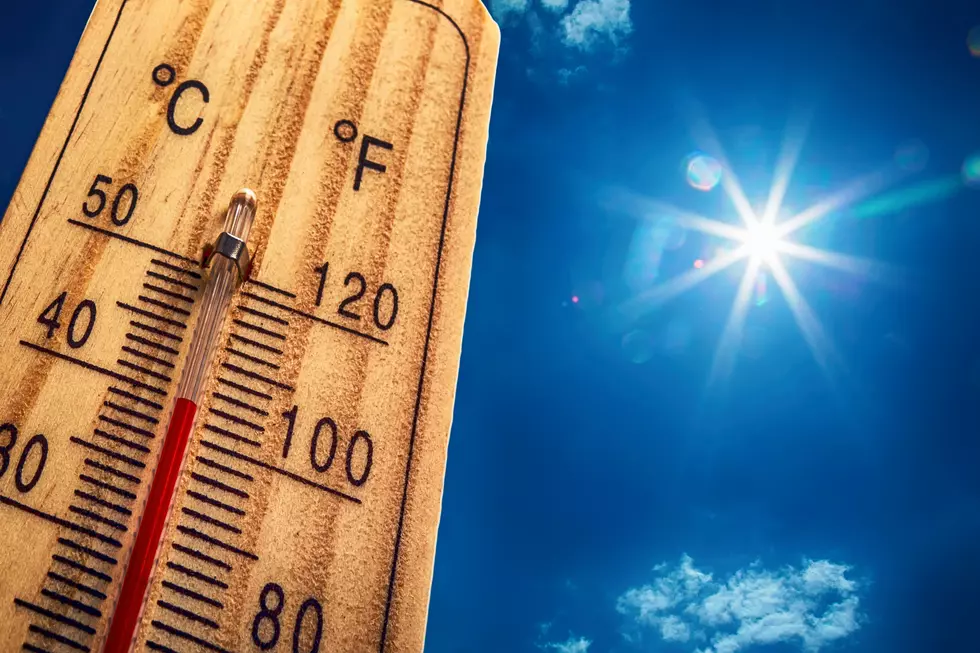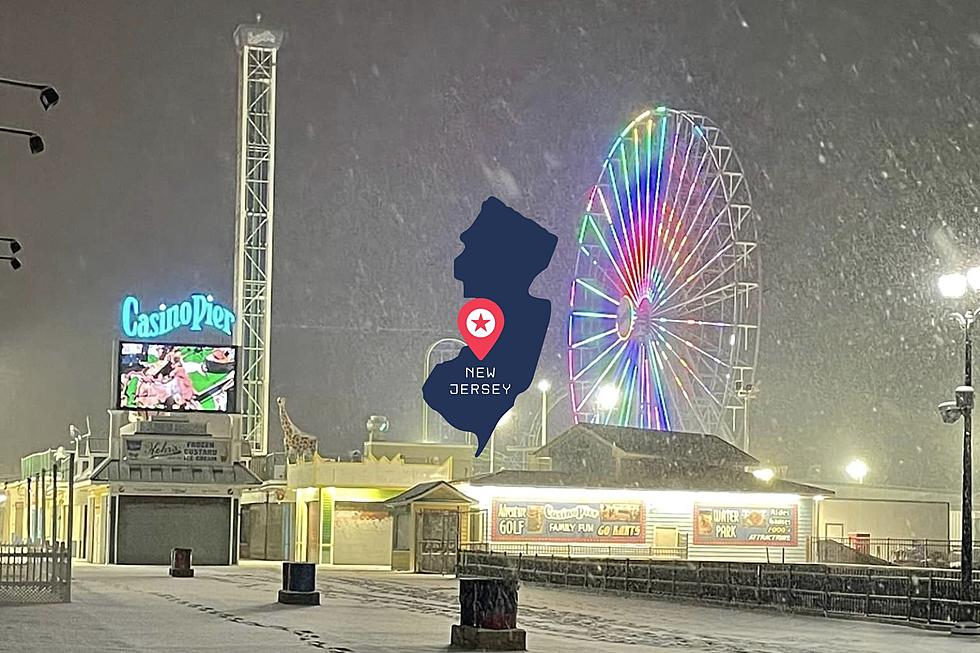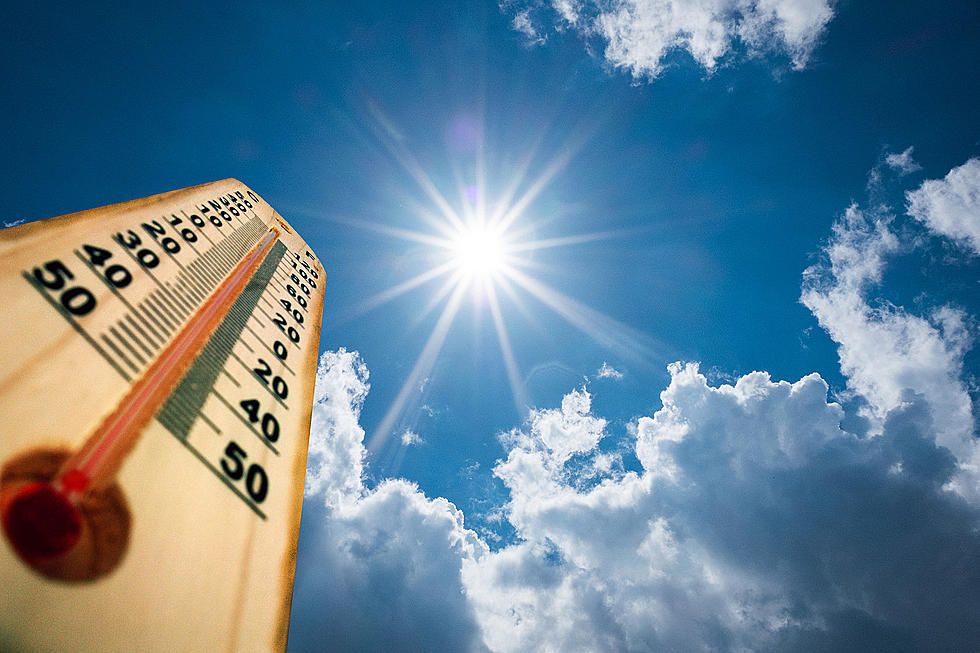
NJ summers are warming — a count of hot days and heat waves
Hot enough for you in the middle of September?
New Jersey is likely done with days of widespread temperatures at 90 degrees or above for the rest of 2021. But there's been no shortage of extreme heat so far this summer, and heat waves appear to be turning into less of a rarity as the years go by.
A heat wave — the definition of which is unofficial and can vary based on where you are — is defined by experts in New Jersey as three or more days in a row of 90-plus temperatures.
In New Brunswick, that happened six times during summer 2021. The long-term average for the city is 20 days of 90-or-above heat. But in 2021, the mercury hit at least 90 on 36 days, according to New Jersey State Climatologist Dave Robinson at Rutgers University.
In 14 of the last 21 years, in fact, the city topped the long-term average, according to Robinson's records.
When looking at temperature changes over time, Robinson believes it's better to follow the number of hot days, rather than the number of heat waves.
"As New Jersey's summer weather gets warmer, we are seeing more days over 90," Robinson told New Jersey 101.5. "It's not happening every year; that's not the way the weather works."
But predicting or declaring a heat wave, he noted, helps experts communicate to the public that conditions outside may be unsafe. Long stretches of extreme heat can be dangerous.
In Newark, Robinson noted, temperatures hit at least 90 degrees 14 days in a row in 2010.
For the most part, New Jersey's average highs are in the upper 80s in the middle of summer. The Garden State is known to experience a 90-degree day here and there in September, but heat waves by New Jersey's definition are rarely seen after the first 10 or so days of the month, Robinson said.
Looking ahead, New Jersey 101.5 Chief Meteorologist Dan Zarrow said aside from a potential 90-degree reading in southwest New Jersey on Wednesday, New Jersey could be done with that type of heat for the rest of the year.
"New Jersey sweltered through six heat waves this summer, ranging between three and five days in length," Zarrow said. "Our understanding of the earth's changing climate shows a clear trend toward more extreme events, meaning a long-term trend toward longer and more frequent heat waves. And cold snaps. And floods and droughts too," Zarrow said.
Contact reporter Dino Flammia at dino.flammia@townsquaremedia.com.
Incredible, heartbreaking images of Ida's damage in New Jersey
More From 105.7 The Hawk










